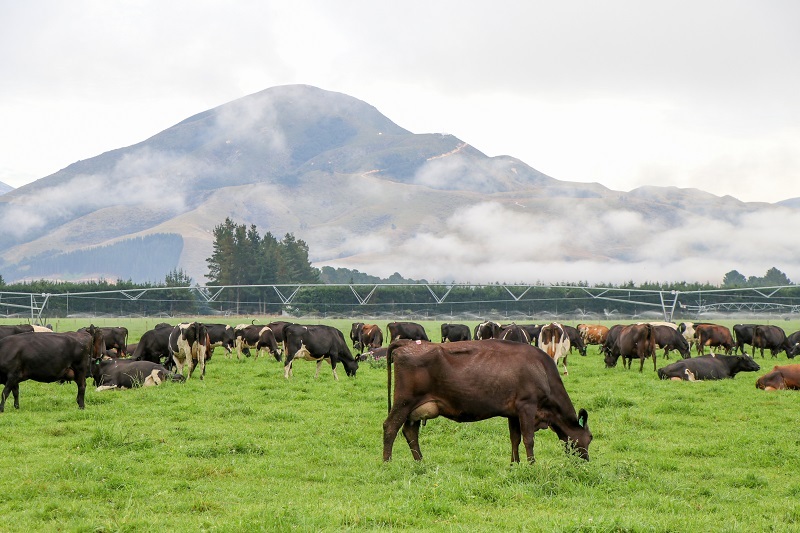Grass is the cheapest feed there is, and as soon as a machine is placed between the cow and the grass, extra costs are incurred. That’s the view of CRV’s New Zealand-based breeding specialist Peter van Elzakker. He explains why Kiwi herds opt for grass.
More than two thirds of New Zealand’s herds are managed on a fully grass-based system, using no or minimal levels of additional feed. That ‘menu’ of almost exclusively grass, as well as the seasonal calving pattern, places specific demands on the cow. She has to walk significant distances to grazing and has to be able to handle high levels of protein in her ration, as well as calve at the same time every year.
“Kiwi cows have good feet and legs and high fertility. Cows with poor feet and legs won’t last long in the herd. And cows that struggle to get back in calf, or to cope with high levels of dietary protein, are also unlikely to complete many lactations or produce replacement heifers,” says Mr van Elzakker.
In 2021 almost half of New Zealand’s dairy cows were Holstein Jersey crosses. “Everything revolves around efficiency: kilogrammes of fat and protein per kilogramme of body weight”, says Mr van Elzakker. “Jerseys are light in weight and have high milk components. Holsteins bring milk, robustness and capacity to consume large quantities of feed. Combining these breeds results in cows that are easier to manage.”


